Goldman Sachs sees Apple iPhone growth in 2020 as a "mixed picture" based on geography, though it believes that Apple One bundles could reverse a decelerating Services trend.
In a note to investors, analyst Rod Hall published some of the bank's key takeaways and findings from Apple's 10-K report for the 2020 fiscal year. The 10-K is an annual summary of a company's fiscal status required by the Securities and Exchange Commission.
For the most part, Hall sees much of the 2020 Apple 10-K's data as in line with expectations due to the later-than-usual iPhone 12 launch. But, along with data from Google disclosures and SensorTower, it does point toward a deceleration of App Store Services growth rate from a peak in March. However, the launch of Apple One on Oct. 30 "could drive an uptick in this growth rate in the December quarter."
Data also shows that App Store growth was at a healthy 31% in the fourth quarter, and Goldman Sachs estimates that traffic acquisition cost (TAC) payments likely contributed to both quarterly and annual growth, largely because of an increase in web advertising revenues.
Although Services growth decelerated for the second quarter running, Hall attributes that to normalization in coronavirus-driven demand spike. He also indicates that new lockdowns heading into the winter could drive another increase on a year-over-year basis, but concedes that "this is hard to predict."
For hardware, there appeared to be a divergence in geographical performance. In its 10-K, Apple noted that iPhone revenue grew year-over-year in Europe and Asia Pacific, but declined in Japan and Greater China. With no mention of iPhone revenue trends in the Americas, Hall suggests that there might not have been material change from the previous year.
Hall notes that these regional trends have been consistent throughout 2020. He also points out that directional growth in Services and Apple's Wearables, Home, and Accessories category have been "generally uniform" across regions — except for Greater China.
There was also a higher manufacturing purchase obligations (POs), which Hall believes is due to the compressed iPhone cycle in 2020. POs grew 16% year-over-year and 65% quarter-over-quarter at the end of the September quarter.
Hall also highlights the fact that direct channel contributions to revenue, such as Apple Stores and online shopping, increased to 34% from 31% the previous year.
Regional operating margins in all geographies except Japan improved from the previous fiscal year, though Apple's overall consolidated operating margin declined slightly due to higher R&D expenses. The U.S.'s contribution to revenue increased slightly in 2020 as well.
Apple's vendor non-trade receivables were $21.3 billion at the end of Q4 2020, up from $22.9 billion in the same period in 2019. Hall also points out that Apple didn't have any carrier customers that individually represented 10% or more of total trade receivables at the end of the quarter.
The Cupertino tech giant repurchased 68 million shares in July, 40 million in August, and 61 million in September as part of its linear share buyback trends.
Goldman Sachs maintains a 12-month $75 price target on AAPL shares, based on a 21x multiple on an earnings-per-share forecast of $3.55.
 Mike Peterson
Mike Peterson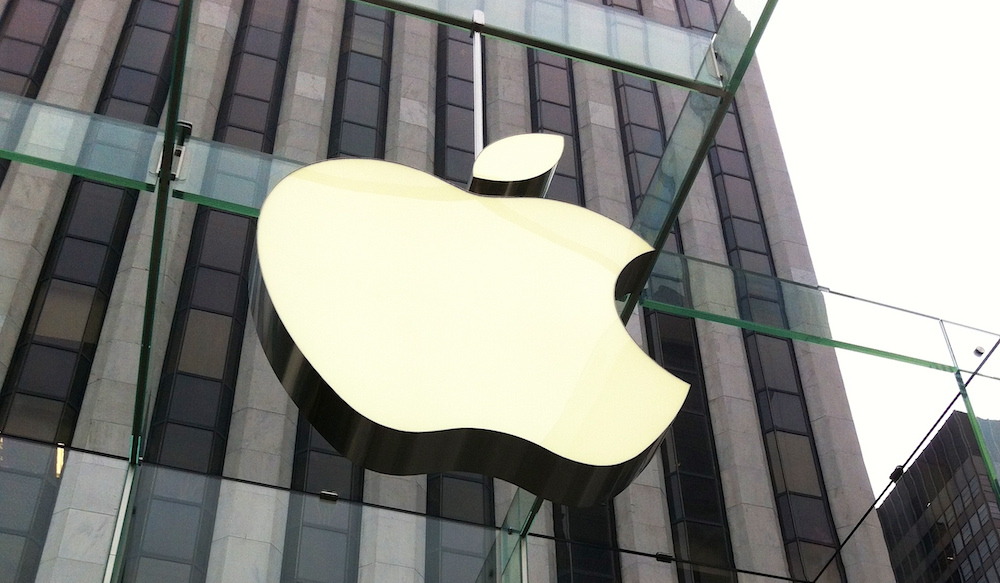




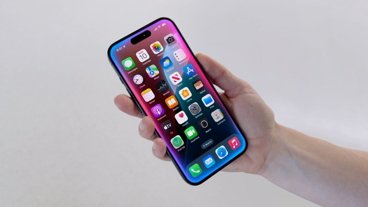


-m.jpg)






 Brian Patterson
Brian Patterson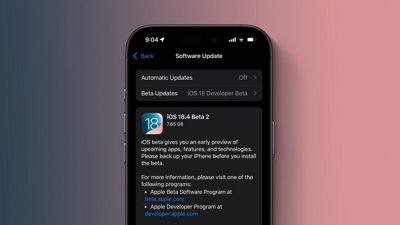
 Marko Zivkovic
Marko Zivkovic
 Malcolm Owen
Malcolm Owen
 William Gallagher and Mike Wuerthele
William Gallagher and Mike Wuerthele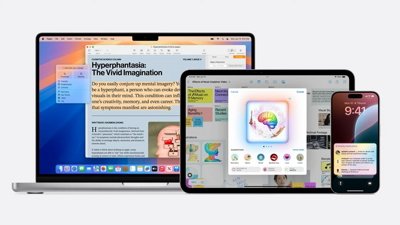


 Andrew O'Hara
Andrew O'Hara




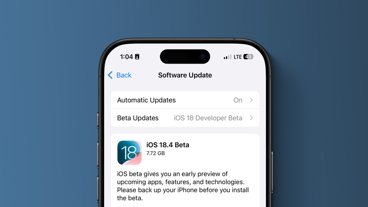



2 Comments
75$ Target? .. sound like fear mongering... sell so we can buy low Scheme!!!
Apple One is available in India, but it isn't very enticing right now. The reason is because there are only 2 options - an individual plan that has Apple Arcade, Apple TV+, Apple Music with 20 GB storage for about $2.65 a month, or a family plan that has the 3 services with 200 GB storage for about $5 a month.
There is no Apple News+, since Apple News hasn't launched here yet and there is no option to go for the 2 TB storage (which I am currently subscribed to separately). Fitness+ is also not confirmed.
Given that I can subscribe to Apple TV+ for about $13.50 for a year in February(when the free period is over), to Apple Arcade for about $13.50 a year and that my family plan for Apple Music is about $2.5 a month, it works out cheaper for me to get the services individually.
If I opt for the Apple One family plan, I end up paying about $6 a year extra for what amounts to 200 GB extra storage (for the whole year).
Compared to the US prices, this is dirt cheap. However, it doesn't make sense for me till Apple offers the 2TB storage option as well in the Apple One plans.